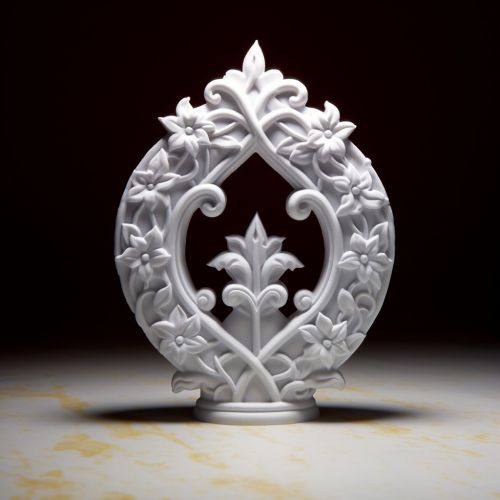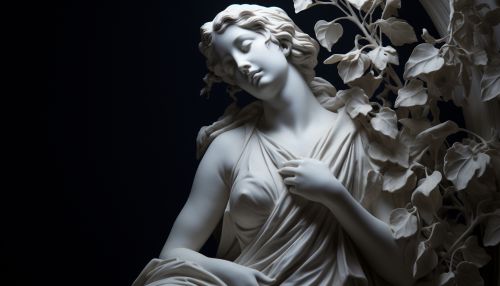Sculpture
Introduction
Sculpture is a branch of the visual arts that operates in three dimensions. It is one of the plastic arts. Durable sculptural processes originally used carving (the removal of material) and modelling (the addition of material), in stone, metal, ceramics, wood and other materials.


History
Prehistoric Sculptures
The earliest undisputed examples of sculpture belong to the Aurignacian culture, which was located in Europe and southwest Asia and active at the beginning of the Upper Paleolithic period. The oldest known sculpture in the world is the Venus of Hohle Fels, Germany, and dates to about 30,000-35,000 years ago.
Ancient Civilizations
In Ancient Egyptian sculpture, the male figure was the standard, and women were always shown in relation to a man or a god. The Greeks were the first to scale the figures and create life-sized statues. The Western tradition of sculpture began in ancient Greece, and Greece is widely seen as producing great masterpieces in the classical period.
Middle Ages
During the Middle Ages, Gothic sculpture represented the agonies and passions of the Christian faith. The revival of classical models in the Renaissance produced famous sculptures such as Michelangelo's David.
Techniques and Materials
Sculpture techniques include carving, modelling, casting, and construction. Carving is a subtractive method where the artist starts with a solid block of material and removes pieces until the desired form is achieved. Modelling is an additive process, as opposed to carving. The artist begins with a frame or an armature and adds material to create the form.
Modern Sculpture
Modernist sculptors largely missed out on the huge boom in public art resulting from the demand for war memorials for the two World Wars, but from the 1950s the public and commissioning bodies became more comfortable with Modernist sculpture and large public commissions both abstract and figurative became common.
Conclusion
Sculpture is an art form that has evolved and thrived for thousands of years, from the ancient world to the modern era. It continues to be a vital and vibrant form of artistic expression, with artists continually pushing the boundaries of what is possible.
